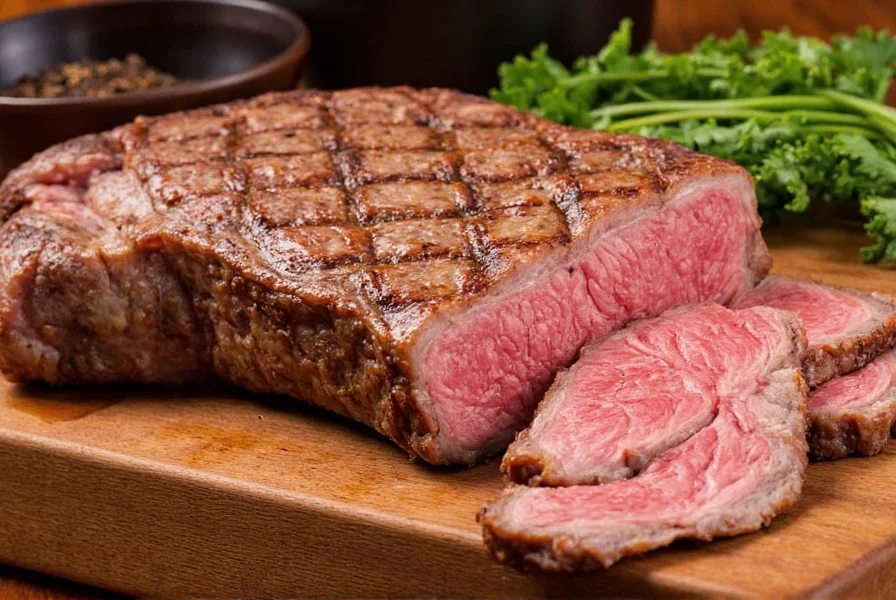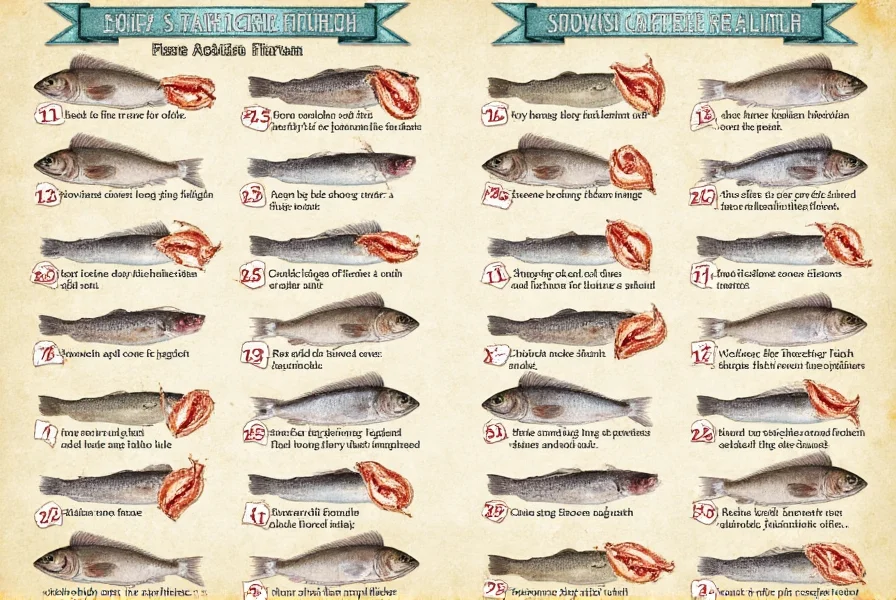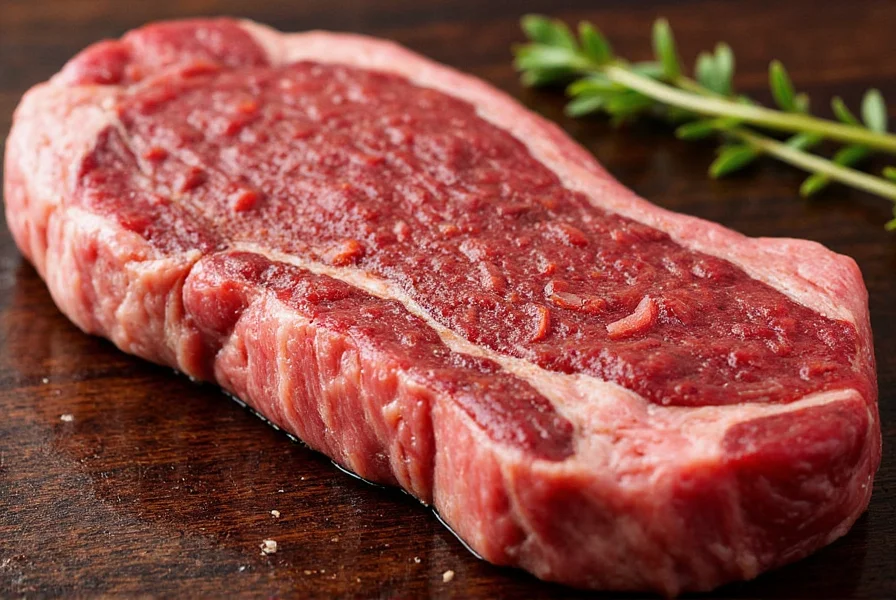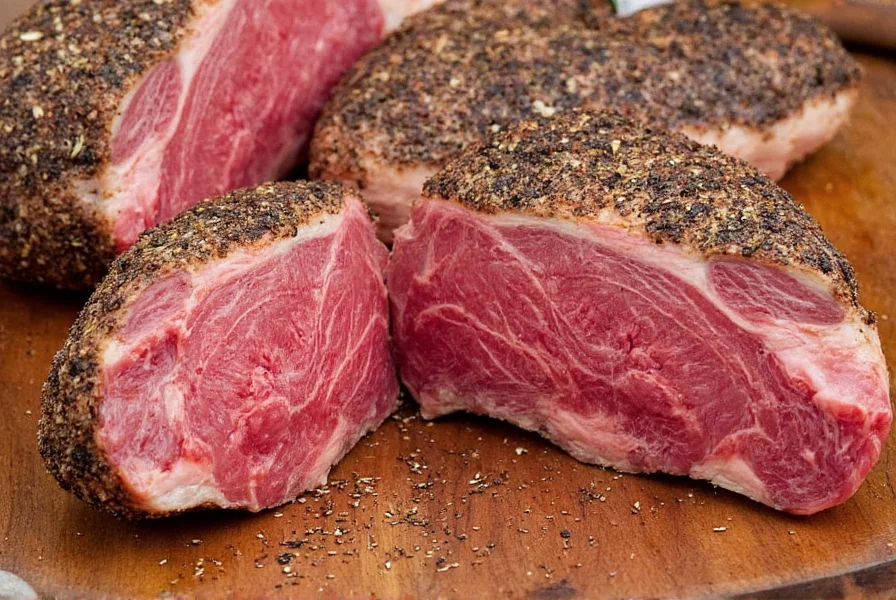Here's how to season a steak for grilling in 5 simple steps: 1. Pat the steak dry. 2. Apply coarse sea salt. 3. Add freshly ground black pepper. 4. Let it rest. 5. Grill at high heat. For detailed instructions and expert tips, read on.
Table of Contents
Essential Ingredients for Perfect Seasoning
To create a perfectly seasoned steak, you need these key ingredients:
- Coarse Sea Salt: Enhances natural flavor and creates a crispy crust. Use large grains for even distribution.
- Freshly Ground Black Pepper: Adds subtle heat and complexity. Always grind just before use for maximum aroma.
- Olive Oil or Butter: Helps seasoning adhere and adds moisture. Use cold-pressed olive oil or unsalted butter.
- Garlic Powder: Provides savory depth without burning. Avoid fresh garlic for grilling due to scorching risk.
- Herbs (e.g., Rosemary, Thyme): Elevate flavor with aromatic notes. Use dried or fresh for gourmet results.

Step-by-Step Guide to Seasoning a Steak
- Pat the Steak Dry: Use paper towels to remove all surface moisture. This ensures proper seasoning adhesion and a crispy crust.
- Apply Salt First: Sprinkle coarse sea salt generously on both sides. Press gently with fingers for even coverage—about 1 teaspoon per pound of steak.
- Add Black Pepper: Follow with freshly ground black pepper. Use a light sprinkle to avoid overpowering the meat's natural flavor.
- Optional Additions: Mix garlic powder or herbs with a small amount of olive oil. Apply evenly to prevent burning during grilling.
- Let It Rest: Allow the steak to sit at room temperature for 30-60 minutes. This helps salt penetrate and improves flavor distribution.

Common Mistakes to Avoid
- Over-Salting: Excessive salt masks natural flavor. Start with less and adjust after cooking if needed.
- Using Pre-Made Rubs: Many store-bought rubs contain sugar or fillers that burn easily. Read labels carefully or make your own.
- Skipping the Rest Period: Without resting, juices escape during cooking, resulting in dry steak.
- Oiling the Steak: Oil the grill grates instead of the steak to prevent flare-ups and ensure seasoning sticks properly.
Buying Guide: Choosing the Right Spices and Tools
| Ingredient | Key Features | Best Use Cases | Why It Matters |
|---|---|---|---|
| Coarse Sea Salt | Large crystals, no additives, pure sodium chloride | Steaks, roasts, grilled meats | Creates perfect crust and enhances flavor without chemical taste |
| Freshly Ground Black Pepper | Whole peppercorns ground on demand | Meats, vegetables, sauces | Preserved freshness and aroma for optimal flavor complexity |
| Garlic Powder | Dehydrated, finely ground | Steak seasoning, marinades | Distributes evenly and won't burn during high-heat grilling |
| Cold-Pressed Olive Oil | Unrefined, no additives | Basting, seasoning adhesion | Improves moisture and helps spices stick without flare-ups |

Frequently Asked Questions
When should I season my steak before grilling?
Season 40-60 minutes before grilling for optimal flavor penetration. If short on time, season immediately before cooking—never more than 24 hours in advance to avoid moisture loss.
How much salt should I use on my steak?
Use 1 teaspoon of coarse sea salt per pound of steak. Apply evenly to both sides with visible coating but no clumps. Start with less and adjust after cooking.
Should I use garlic powder or fresh garlic for seasoning?
Always use garlic powder for grilling. Fresh garlic burns quickly at high heat, creating bitter flavors. Add fresh garlic only after cooking as part of a compound butter.
Can I use a marinade instead of dry seasoning?
Marinades work for thin cuts like flank steak, but premium cuts (ribeye, filet) are best with simple dry seasoning. If using marinade, limit to 2-4 hours to avoid texture changes.
Do I need to oil the steak before seasoning?
No—oil the grill grates instead. Oiling the steak causes seasoning to slide off and increases flare-ups. Lightly coat the hot grates with oil before placing the steak.
What's the best type of salt for steak seasoning?
Coarse sea salt or kosher salt are ideal. Their large crystals distribute evenly and create a flavorful crust. Avoid iodized table salt due to chemical taste when heated.
Should I season both sides of the steak?
Yes—season both sides and edges evenly. This ensures consistent flavor and crust formation on all surfaces touching the grill.











 浙公网安备
33010002000092号
浙公网安备
33010002000092号 浙B2-20120091-4
浙B2-20120091-4